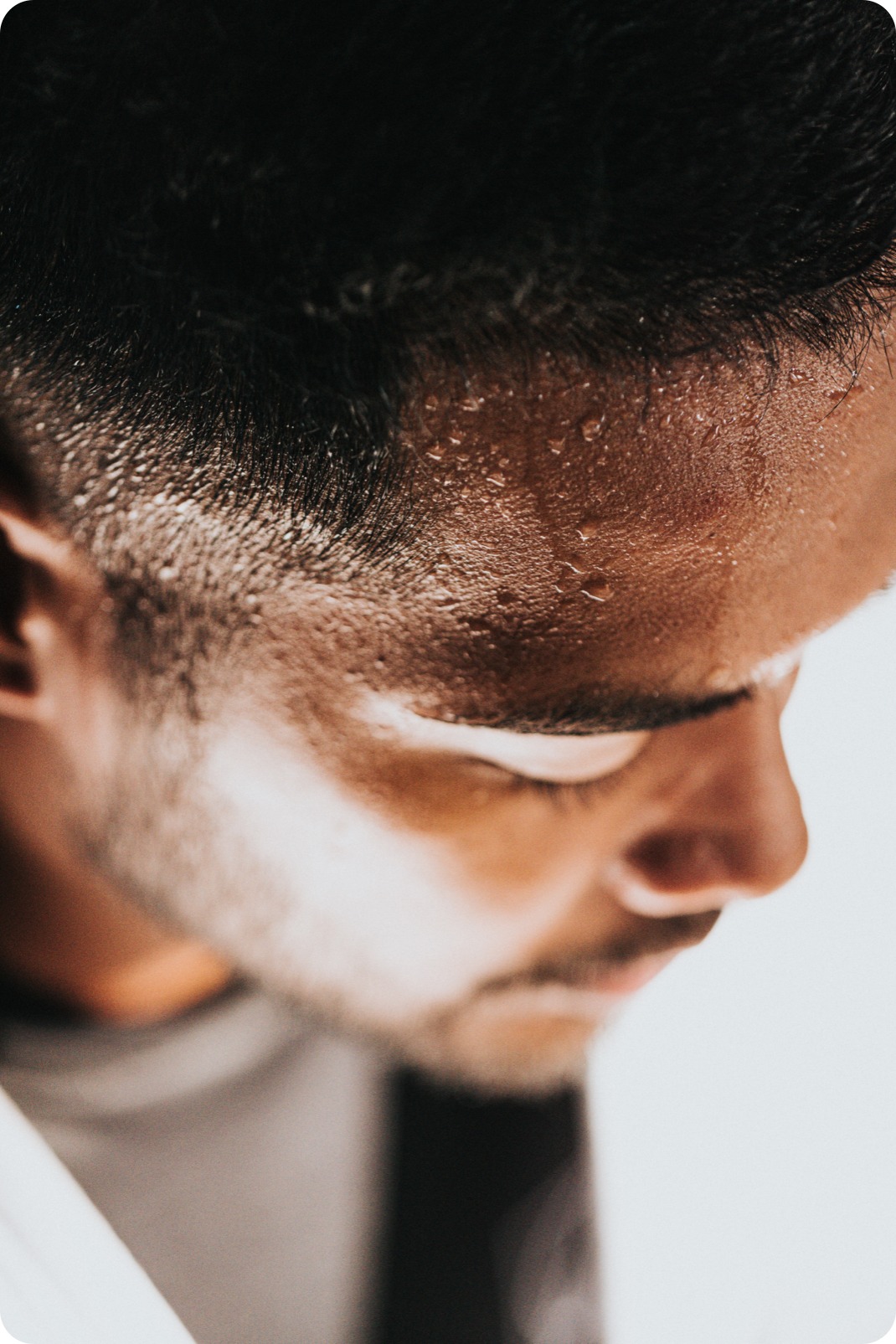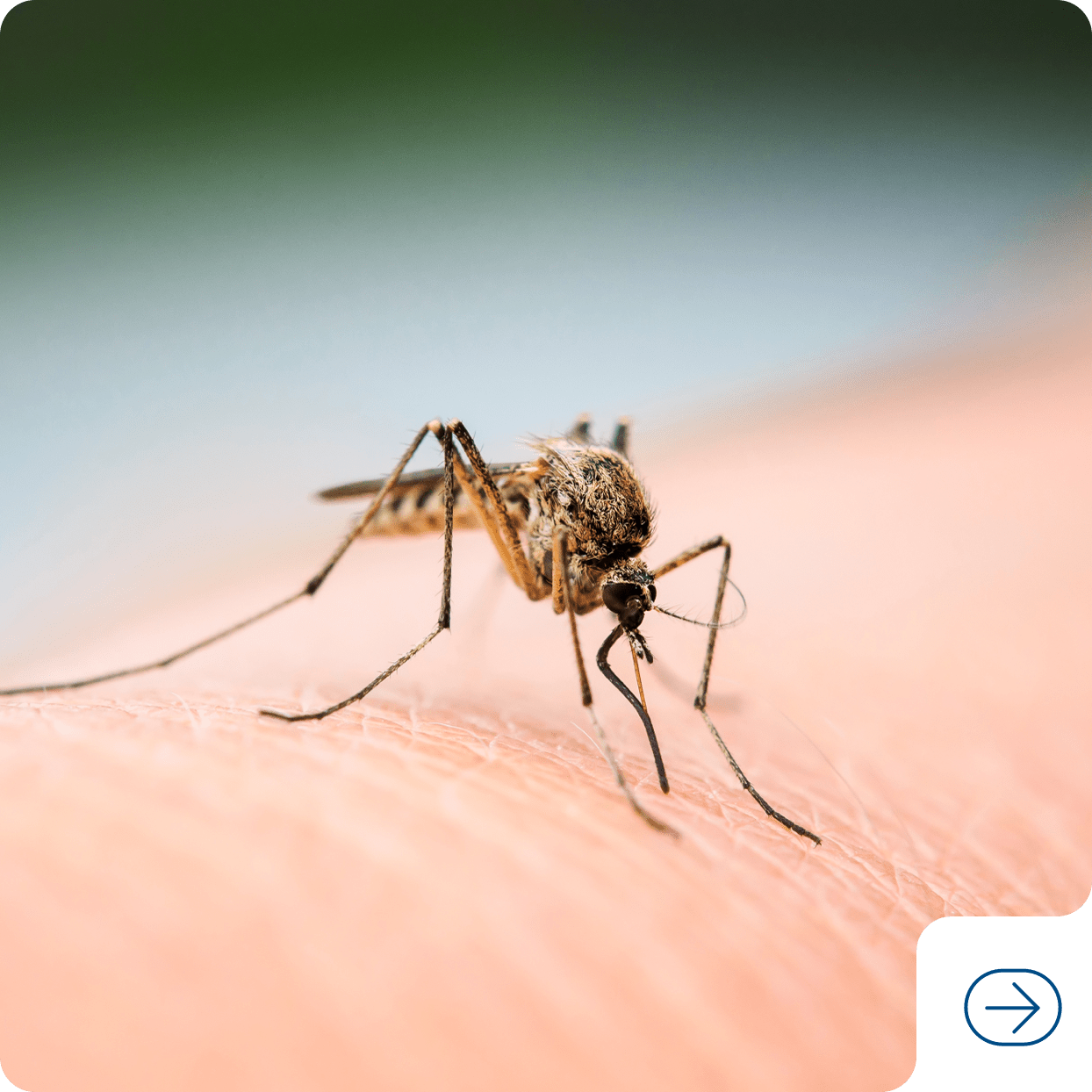Summer Heat Precautions
Summer 2023

“Hot town, summer in the city Back of my neck getting dirty and gritty”
These song lyrics are a good fit for the dog days of summer in southern Nevada. However, despite the ravages of our so-called “dry heat,” there are many ways to stay cool despite the rising mercury. And beyond your personal comfort, it’s also important to maintain your health and safety in extreme heat.
With the inevitable triple digit temperatures just around the corner, the Southern Nevada Health District (SNHD) reminds residents and visitors alike to stay safe and healthy to help avoid a trip to urgent care, or worse. It’s helpful to know the different types of heat-related illnesses which can cause mild to severe illness:

Heat stroke can be a life-threatening emergency.
Symptoms include: confusion, slurred speech, loss of consciousness, hot dry skin or profuse sweating, seizures, very high body temperature.
Heat stroke can be fatal if treatment is delayed. Call 911 for emergency medical care. Move a person with symptoms of heat stroke to a cool, shaded area and begin cooling the person using cold water or an ice bath, if possible.
Heat exhaustion is the body’s response to an excessive loss of water and salt contained in sweat. Those most prone to heat exhaustion are the elderly, people with high blood pressure, and people working or exercising in a hot environment.
Symptoms include: headache, nausea, dizziness, weakness, irritability, thirst, heavy seating, elevated body temperate, decreased urine output.
Heat exhaustion may progress to heat stroke. Take someone experiencing symptoms to urgent care or the emergency department. Move them to a cool area and give them non-alcoholic liquids to drink.
Less severe heat-related illnesses include heat cramps and heat rash. Heat cramps generally affect people who sweat a lot during strenuous activity. The body is depleted of salt and moisture. A low salt level in the muscles causes painful cramps. Heat rash is a skin irritation caused by excessive sweating during hot, humid weather. It can occur at any age but is most common in young children.
Of these, heat exhaustion is the most serious, but all of them require responsive actions. Learn more by visiting the Centers for Disease Control and Prevention (CDC) website at
Warning Signs and Symptoms of Heat-Related Illness | Natural Disasters and Severe Weather | CDC.
It is also important to protect yourself against sunburn, which is is damaging to the skin and can be severe enough to require medical attention.
Prevention, as they say, is the best medicine. SNHD recommends the following steps for everyone who braves the heat:
- Stay indoors during the hottest times of day; remain in air-conditioned spaces as much as possible.
- Use broad spectrum sunscreen with a minimum SPF 15; reapply at least every two hours or less; apply to ears, scalp, lips, neck, the top of the feet and back of the hands.
- Wear wide-brimmed hats (not baseball caps) and sunglasses with UV protection.
- Wear tightly woven clothing (not tight fitting) with high SPF protection to block out light.
- Limit or avoid exposure to the sun, especially for long periods of time. Rest in the shade.
- Bring an adequate supply of water if plans include extended outdoor activity. Drink plenty of water at regular intervals, regardless of activity level. Do not wait until you’re thirsty.
- Limit alcoholic beverages.
- Check on the status of homebound neighbors and relatives.
Finally, remember to stay cool, stay hydrated, and stay informed during extreme heat warnings and throughout the summer. Check with Weather.com or your local news outlet for updates on heat watches and warnings.



